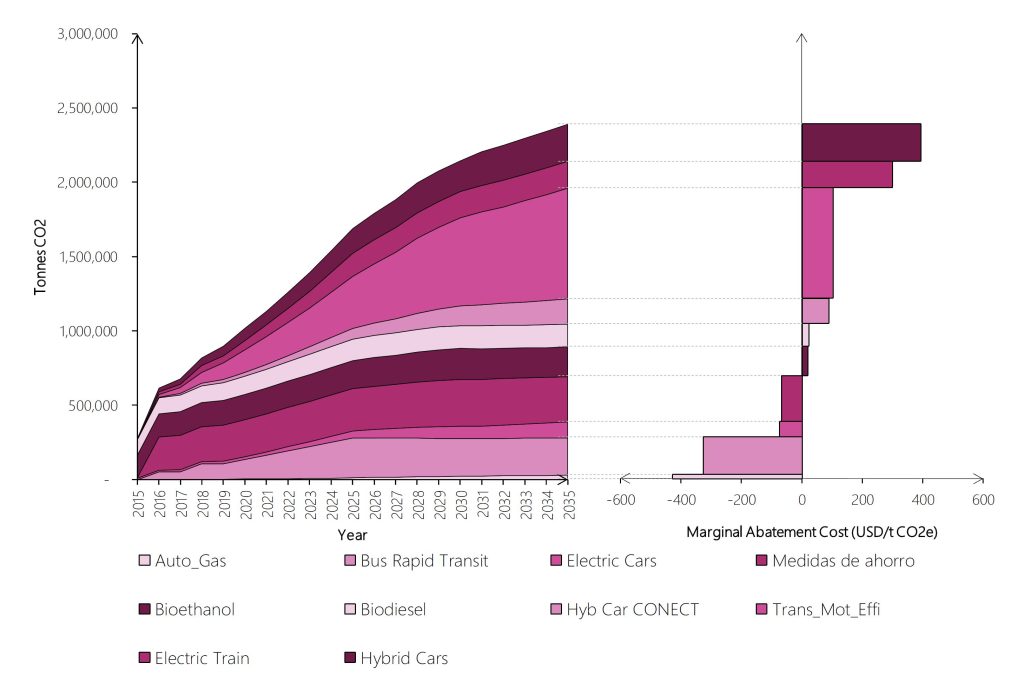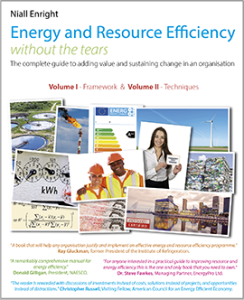 SustainSuccess are delighted to announce the launch of the World Bank’s Energy Sector Management Assistance Programs’ MACCTool. Niall Enright was the lead developer of this innovative and powerful application to draw Marginal Abatement Cost Curves, a key tool for organisations and policy-makers seeking to understand potential paths to decarbonisation.
SustainSuccess are delighted to announce the launch of the World Bank’s Energy Sector Management Assistance Programs’ MACCTool. Niall Enright was the lead developer of this innovative and powerful application to draw Marginal Abatement Cost Curves, a key tool for organisations and policy-makers seeking to understand potential paths to decarbonisation.
The lead on the client side was Victor Loksha, a Senior Energy Economist, with input from Martina Bosi, Perre Audinet, Grzegorz Peszko, Adrien Vogt-Schilb and many others. The project was led by ERM’s Peter Rawlings and Braulio Pikman, supported by Sandra Seastream, Wairimu Mwangi and additional Excel development by James Joyce and Calvin Iost. This project was a major redesign building on an earlier version of MAC Tool, developed by Andreas Mastle and led by Christophe de Gouvello at the World Bank.
MACTool is a remarkably powerful MACC creation tool. Unlike MACC Builder Pro, which simply draws MACC Charts, MACCTool provides inputs for multiple cash flows in a project and will calculate the Marginal Abatement Cost and emissions abatement values given these inputs. Features provided by MACTool include:
- Separate cash flows for a Baseline and Low Carbon Case. These cash flows can be created from “templates” designed for different sectors so that a generation technology, for example, can have a Revenue cash flow from the sale of electricity. The templates can be modified by users and re-used.
- An intuitive interface that takes away the complexity of the underlying model and allows the user to manage many different projects using a
pop-up Navigator. - The ability to categorise projects by sector/technology, SIC code, or region.
- MACC charts can be set to show an overview of each category which can then be “drilled down” to show individual projects within the category.
- Complete flexibility over the discount rates used so that these can apply at the model level, by sector or globally. The option to discount the abatement term, if desired (see the discussion on the previous page), using a separate discount factor.
- A lot of attention has gone into bringing the key assumptions for all the projects into a single table which allows for rapid validation and error checking. Models can have an “in progress” status which means they are not included in totals until they are marked “complete”.
- The ability to chart Investment Costs, Investment Intensity and other financial metrics, not just the Marginal Abatement Cost.
As one would expect from a very knowledgeable team of economists at the World Bank, the flexibility and capabilities of MACC Tool are truly staggering with the ability to use multiple currencies and to run cases also built into the system.
One metric that appears as standard in the templates that ship with MACCTool is the Breakeven Carbon Price. This is based on the notion that while there may be an overall market discount rate set which takes into account the cost of capital in an economy, private investors will expect a generally higher rate of return. Thus the Present Value of a project can be worked out using the desired rate of return rate, such as 20%. If the project PV is negative it means that it has made a loss, so MACCTool will then calculate the additional incentive in $/tonne CO2 that is needed to deliver the percent target return needed by the investor. Neat!
Another innovation in MACCTool is the wedge-MACC chart. An example of this chart is shown below.

The chart above is taken from an analysis of Costa Rica’s emissions abatement opportunities prepared in advance of the Paris UNFCC Summit in 2015 (COP21).
On the left is a normal wedge chart showing the emissions abatement per year from a range of different projects/technologies. Because these are added together the height of the chart is the cumulative total. Well, we know that a MACC chart also shows a cumulative total along its horizontal axis, so if we rotate the MACC vertically, as shown on the right hand side of the image, we can see the MAC for each opportunity in ascending order from best return to worst return with the height matching the total saving at the end of the analysis period. This combined wedge-MACC chart was first described in a paper by Adrien Vogt-Schilb, Stephane Hallegatte and Christophe de Gouvello at the World Bank.
The team at ESMAP and the World Bank have made MACTool freely available at http://esmap.org/MACTool and would welcome feedback from users. There is a handy guide on how to set up your first model, which users are strongly advised to work through prior to leaping into the tool. It is also worth mentioning that I have worked with Pedzi Makumbe from ESMAP and Braulio Pikman on another ERM project to deliver a different Excel based tool called TRACE which looks at the potential for municipalities to reduce energy use by selecting relevant opportunities across numerous sectors.



0 Comments